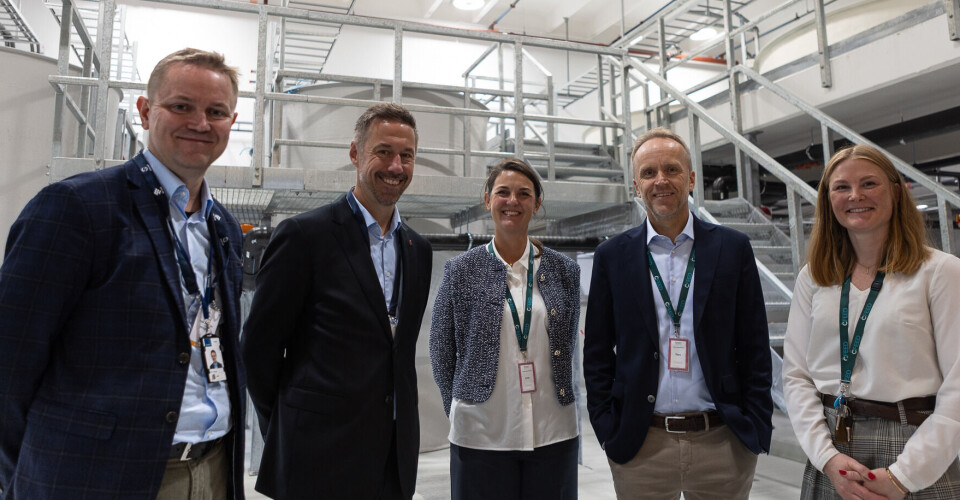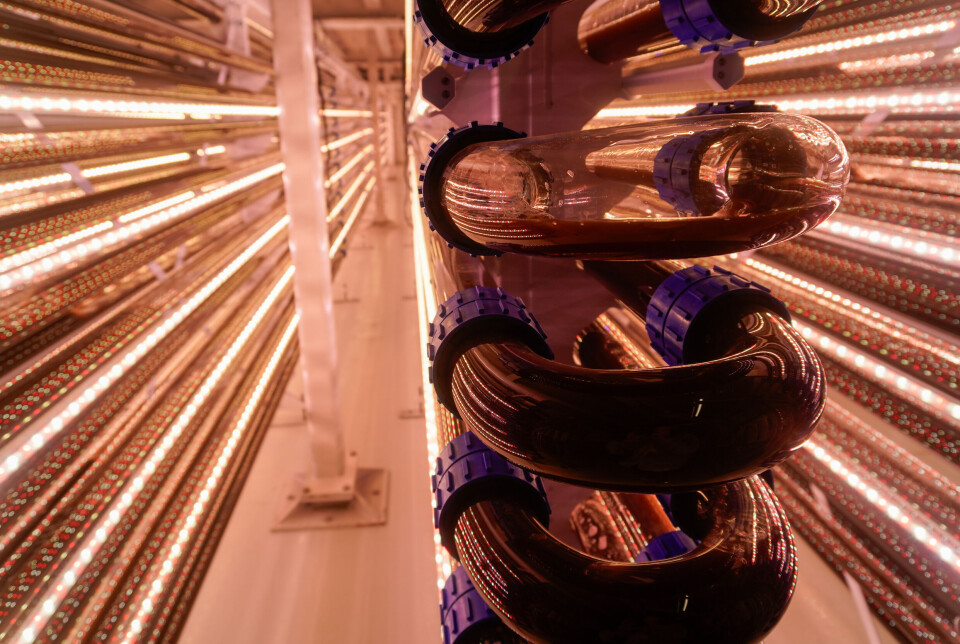
CFEED celebrates major expansion at copepod production facility
Live feed offers superior growth rates and improved survival for marine species, says producer
CFEED, which produces live hatchable eggs of Acartia tonsa copepods used to feed farmed marine fish larvae, has officially opened its expanded production facility in Vanvikan, Norway, at a ceremony attended by Even Sagebakken, a state secretary (vice-minister) whose advisory responsibilities include aquaculture.
The company said its major investment in the factory positions it at the forefront of the global aquaculture revolution, addressing the industry's growing demand for natural, high-quality live feed solutions.
The expansion more than triples production capacity to meet rapidly growing global demand for copepods as a live starter feed.
A milestone visit
According to CFEED, its Acartia tonsa copepods have been recognised by hatcheries worldwide as the optimal nutritional solution for fish larvae, offering superior growth rates, improved survival, and minimal environmental impact compared to traditional alternatives.
“We're not just scaling production – we’re enabling the industry to achieve unprecedented levels of efficiency and sustainability,” said chief executive Tore Remman.
“Today’s visit [by Saggebakken], and the opening of our expanded facility mark a new milestone for CFEED and the global aquaculture industry. Our technology and sustainability not only strengthens Norway’s leadership in marine innovation but also supports healthier, more sustainable fish farming worldwide.”

The new production line introduces what CFEED says is revolutionary microalgae cultivation technology that enhances sustainability while maintaining quality standards.
“The major technological breakthrough in our new production line is how we produce microalgae in a more controlled and sustainable way,” said Linn Baardsgaard, director of sales and marketing.
“This allows us to maintain the exceptional nutritional profile that makes our copepods so valuable to hatcheries worldwide.”
Variety of species
Founded in 2014 by marine biologists from research institute SINTEF Ocean, Trondheim-headquartered CFEED has pioneered the commercial production of live hatchable Acartia tonsa copepod eggs.
It has proven expertise across more than 15 species including cod, turbot, ballan wrasse, grouper, sole, halibut, meagre, tuna, yellowtail kingfish, sea bream, and shrimp, and a growing customer base spanning Nordic, European, and Asian markets.
Its copepods provide larvae with high levels of essential fatty acids - DHA (25%) and EPA (13%) – and protein content close to 70%.